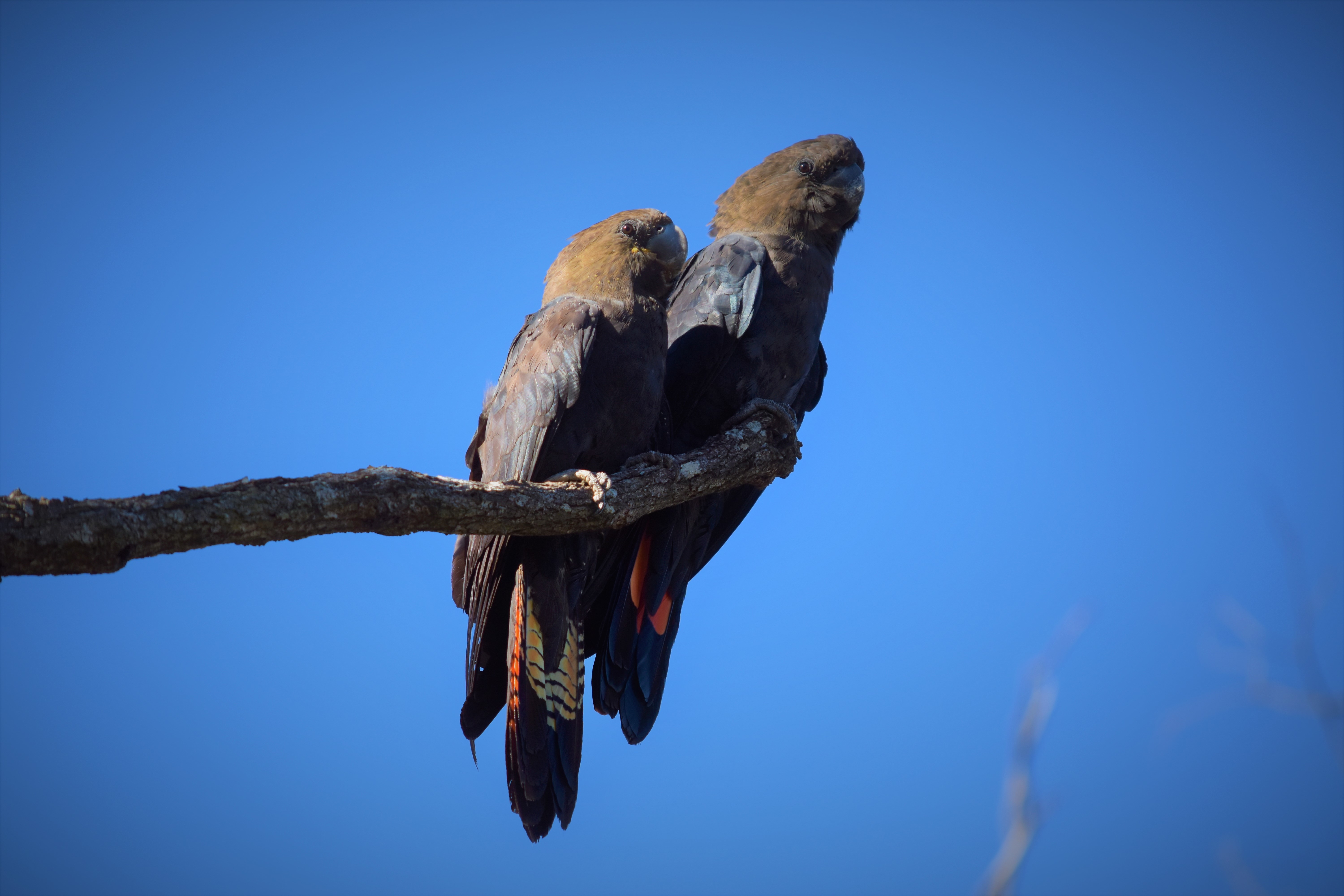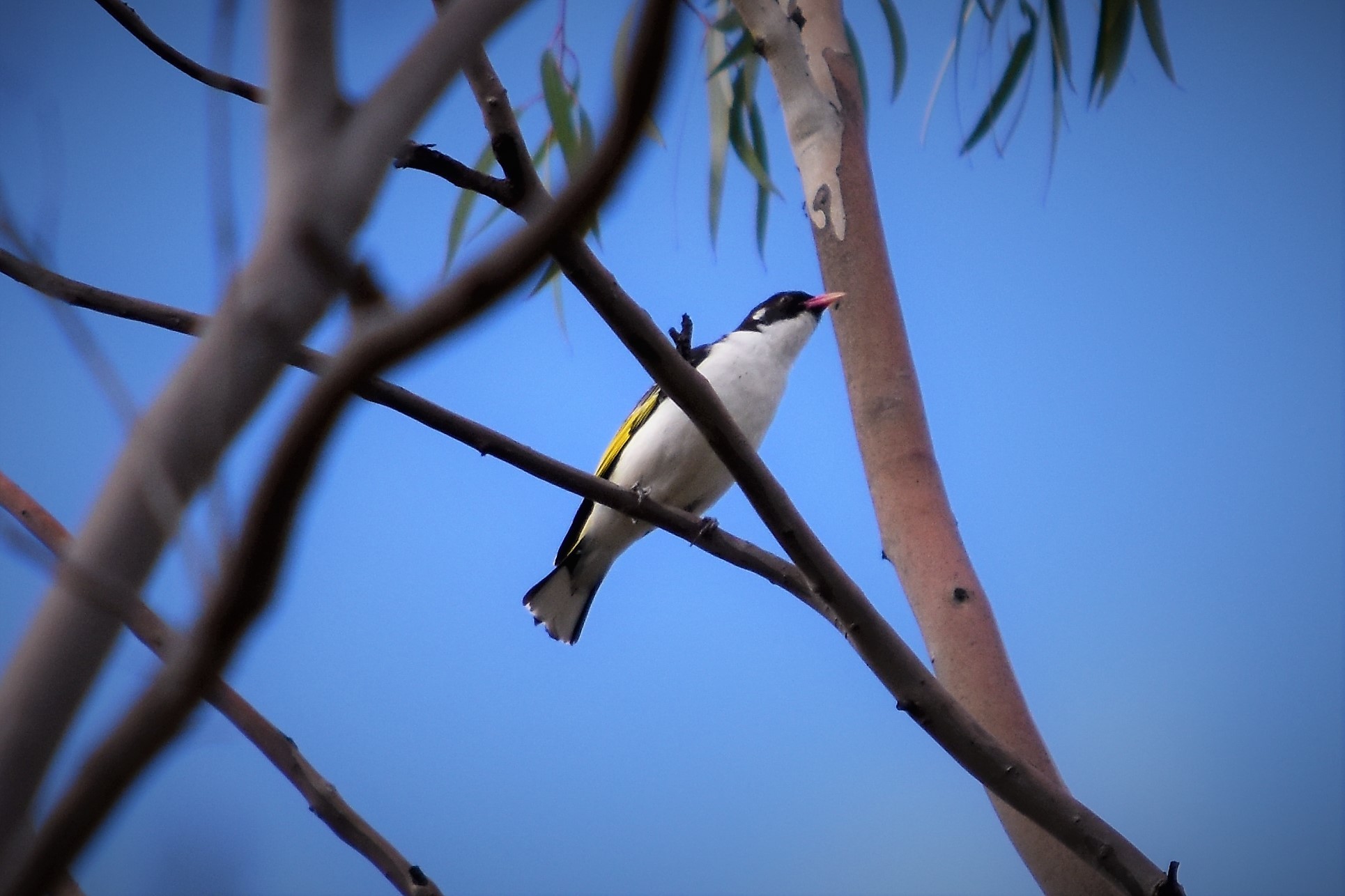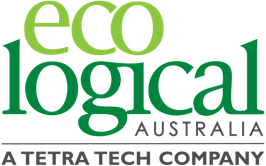Rehabilitating mined land to see nature return
Monday, 26 April, 2021
Ulan Coal Mine near Mudgee is one of the longest established coal mines in NSW’s Central West, with mining commencing in the 1920’s. In 2020, Eco Logical Australia (ELA), part of the leading global provider of consulting and engineering services Tetra Tech, provided support to Ulan Coal Mines Pty Limited (part of Glencore Coal Assets Australia) in obtaining rehabilitation sign off by the NSW Resources Regulator of approximately 50 hectares of the site. We chatted with Dr Andrew Butler, Principal Environmental Consultant in our Mudgee office, who worked closely on this project.

Glossy Black-Cockatoo. Photo taken at Ulan.
Working closely with staff from the Ulan, ELA has been conducting monitoring of the rehabilitation at Ulan for nearly 10 years. Using the data, ELA provided a technical assessment of the quality of the rehabilitation in the area for which Ulan Coal Mines Pty Limited was seeking to achieve rehabilitation completion and regulatory sign-off. The assessment also involved additional field surveys to collect ecological and soil data to confirm that the rehabilitated area satisfied all the required ecological, soil and landform rehabilitation completion criteria set in the approved Mining Operations Plan.
Although it was a small team that completed this aspect of the project, a number of ELA experts past and present contributed to it in terms of providing the quality data necessary for it’s success. Andrew told us “We couldn’t have done it without the data collected at the site by the broader team”.
In a great result, monitoring of the formerly mined land has recorded 100 bird species, 23 mammals, six reptiles, and five amphibians using the rehabilitated area for shelter, foraging or breeding. Amongst the returned fauna are 12 threatened species listed under State and/or Commonwealth legislation, including Painted Honeyeater, Turquoise Parrot, Koala and Large-eared Pied Bat.

Returned Painted Honeyeater. Photo taken at Ulan.
As well as the return of fauna, a range of native flora species common to the surrounding vegetation communities have also established in the rehabilitation. In all, 55 native plant species were recorded in surveys in 2019, only ten of which were part of the original plantings. This indicates that the remainder of the species present have naturally returned to the area from surrounding native woodland vegetation. This demonstrates the site is ecologically integrated with the surrounding communities and the site offers habitat and growing conditions that support a wide range of species. ELA’s assessment confirmed the rehabilitated soils are stable, non-polluting and show the development of key soil forming processes that support nutrient cycling and the long-term sustainability of the post-mine land use.
ELA in the field monitoring the mine rehabilitation.
The area has minimal weed and pest animal populations comparable to the native woodland in the surrounding unmined areas.
“Companies are required to set objectives and targets for their rehabilitation and establish monitoring programs to check on progress. Interpreting those obligations, collecting the right data and turning that raw data into information that can be used to demonstrate that mining companies have met their targets is not as easy as it sounds” Andrew explains. “Having a clear understanding of what critical information needs to be generated and using it to validate rehabilitation success, that’s where the real skill and knowledge is. Turning monitoring data into practical advice is the key”. Combining problem solving skills with technical expertise gets the job done.
Andrew explained this project forms part of ELA’s expanding work in the rehabilitation and mine closure space nationally. Our work in this area is reflected and supported through our new partnership with the Cooperative Research Centre for Transformations in Mining Economies (CRC TiME). "Throughout Australia, our staff, including ecology, restoration, mining and groundwater experts, are all involved in rehabilitation and closure of mining operations to some degree. Even when we are doing baseline monitoring or assessments to support the approvals process, this background information contributes to our understanding of the site and informs the planning for rehabilitation and closure.” ELA and the other business units within the Tetra Tech family provide a full life-cycle service to the mining sector. “We can prepare the initial environmental impact assessment, manage approvals and, during operations, conduct monitoring and provide management assistance. We can assist companies to select sustainable post-mine land uses, develop practical and effective rehabilitation strategies to achieve long-term rehabilitation goals and work with them to plan for and manage the implementation of closure.”
As Andrew explains, demonstrating completion of the rehabilitation at Ulan is an achievement that ELA is proud to have been involved with. “We’re really proud to be associated with the project and to be able to support Ulan Coal Mines Pty Limited by confirming the return of previously mined land to a self-sustaining ecosystem. It’s a great result for the project. It’s good to know we have really made a difference and it’s exciting to see more and more clients wanting to work with us to show it is possible to create positive outcomes from mine rehabilitation.”
For more information on the project visit here.
Tetra Tech is a Gold Sponsor of the AusIMM Life of Mine conference in Brisbane (28-30 April 2021). If you are attending, why not come and talk to the team at our exhibition stand or for mine rehabilitation and closure expertise contact:
Andrew Butler
Principal Environmental Consultant
T +61 2 4302 1228
Andrew.Butler@ecoaus.com.au
